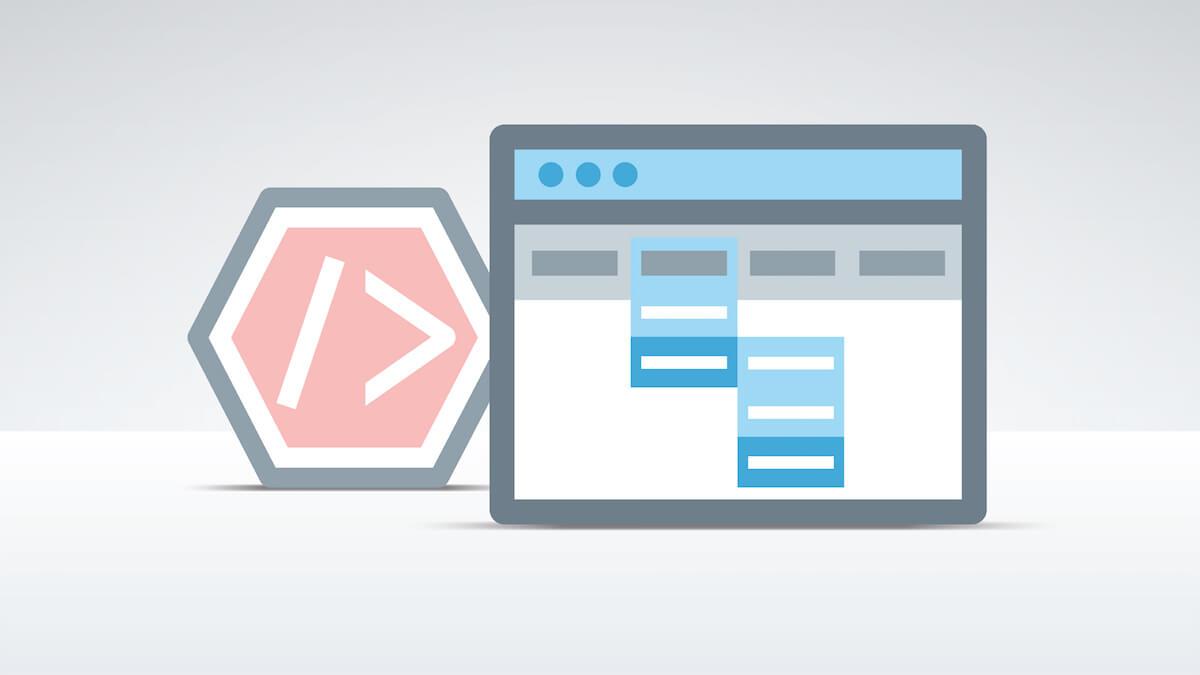Mar 15, 2022

Your website offers great potential for your brand to be noticed and remembered. There are pages on your website that help connect your brand to your customer and generate potential leads.
Every website is created with a different purpose and brings out your brand’s best and most unique qualities, but what’s common across all sites, is the need to create customer connect and loyalty. Few critical changes to your website can impact your brand immensely and bring the desired results.
Did you know that the most visited pages on your website are your Homepage, About, Blogs, and Contact us? How these pages are designed and written is crucial. Knowing the purpose of each page helps design them to achieve the desired response.
There is a way to optimize these pages or any other page on your website that is intended to bring traffic. Have you heard the term “optimize” in relation to a webpage?
This buzz word “optimize” is used frequently in phrases like “search engine optimization” (SEO) and “conversion rate optimization” (CRO). We advocate USER OPTIMIZED pages. It is vital that traffic is diverted to your page to initiate conversions. That can only happen when your page is user optimized.
How does one achieve user optimization? It is simple. You ask questions, and the answers to these questions will pave the way to create a page that is USER OPTIMIZED
To reach your user, find out what they are looking for and their source of arrival to the website.
The source of the user will aid in delivering relevant information. The user could have appeared from a number of avenues like:
1: A search engine- If yes then how? What was the question asked?
2: An email- What kind of email?
3: A navigation menu and therefore what option on the menu
4. Google Playstore
5. Referrals- which site were your visitors redirected from?
Find out what your target needs to know and remember that a single page can deliver only a limited amount of information. Less is more holds true here. The lesser you load on your WEB PAGE, the more are the chances of your brand being remembered.
Visuals such as explainer videos, diagrams, hero shots help make information compact and deliver the message with greater emphasis. Once you know what your user is looking for, you are halfway through.

Now you need to know the goal of your user. You have to ask the user to do something. This is the critical hit or miss spot, or, the call to action. In fact, every single page of your website should contain a CTA, a call to action.
Make every page informative from a user perspective so that it leads the user to the next page or the Call to Action. Ask questions that are on their minds and let the answers be revealed in the Call to Action. Define what you want the user to do, and create threads that link the user to the final action.
To increase brand recall make sure your HOME PAGE is intriguing. There is no doubt that every page should reflect your brand image and brand values, but your Homepage will ultimately bring in traffic and keep customers coming back.
Your Home Page is the door to the rest of your website and should be complete and crisp, encompassing everything that stimulates interest and inspires a purchase.

Without an impressive Home Page, it is almost impossible to get to your user and your potential buyer might be lost in a pool of sites that are trying hard to be noticed.
A good Home Page encourages easy navigation by giving access to information the user is looking for, in a systematic fashion. A user experience influences purchasing decisions.

Secondly, an attractive Home Page boosts conversions. Who wants to associate with a sloppy-looking company? Make your Home Page look confident and convincing.
To pack a punch into your Home Page include elements like a Call to Action, white space, and excellent copy to complement a fantastic layout. This exercise will build trust and assist visitors.
Another important aspect of a Home Page is that you have to keep it adaptable and evolving. A static Home Page can get boring and out-dated too. One more important aspect of a Home Page is to keep it clutter-free.
Too many graphics and features might make it look messy. Also, it is extremely important to make your Home Page mobile compatible as that is where most brand information is viewed today. Your Home Page should appeal to your audience persona.
Avoid any fluff and keep it honest and direct. Use an appealing value after studying the consumer psyche.
To wrap it up neatly, keep your Home Page minimal. Speak less, but be impactful.
Use breath-taking images and be real. Show your audience right off the bat and you’ve got what they are looking for.
